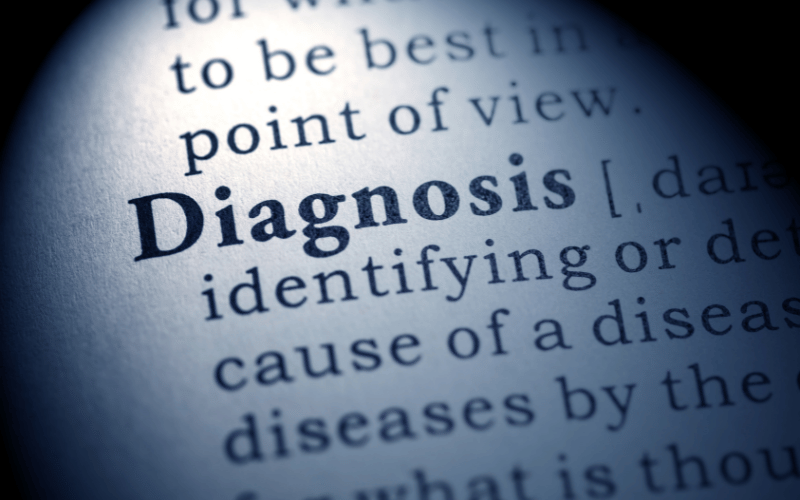4. Diagnosing Coloboma: Techniques and Challenges

The diagnosis of coloboma involves a combination of clinical examination and advanced imaging techniques. Eye care professionals typically conduct a thorough examination of the eye, including assessing the iris, retina, and optic nerve. The distinctive shape of the pupil in cases of iris coloboma often serves as a primary indicator, prompting further investigation.
Advanced imaging techniques play a pivotal role in diagnosing coloboma, particularly when it involves structures deeper within the eye. Technologies such as optical coherence tomography (OCT) and fundus photography provide detailed images of the retina and choroid, aiding in the identification and assessment of coloboma. These techniques offer crucial insights into the extent and impact of the condition on the individual’s vision.
The diagnostic process for coloboma also involves a careful evaluation of the patient’s medical history and a review of any genetic factors that may be at play. In cases where coloboma appears alongside other developmental anomalies, additional tests may be conducted to understand the broader context of the condition.
Diagnosing coloboma can be challenging, particularly in mild cases or when it occurs in combination with other eye conditions. Accurate diagnosis is essential for effective management and support. It helps in determining the best course of action for each individual, whether it involves regular monitoring, vision aids, or other forms of support. (4)